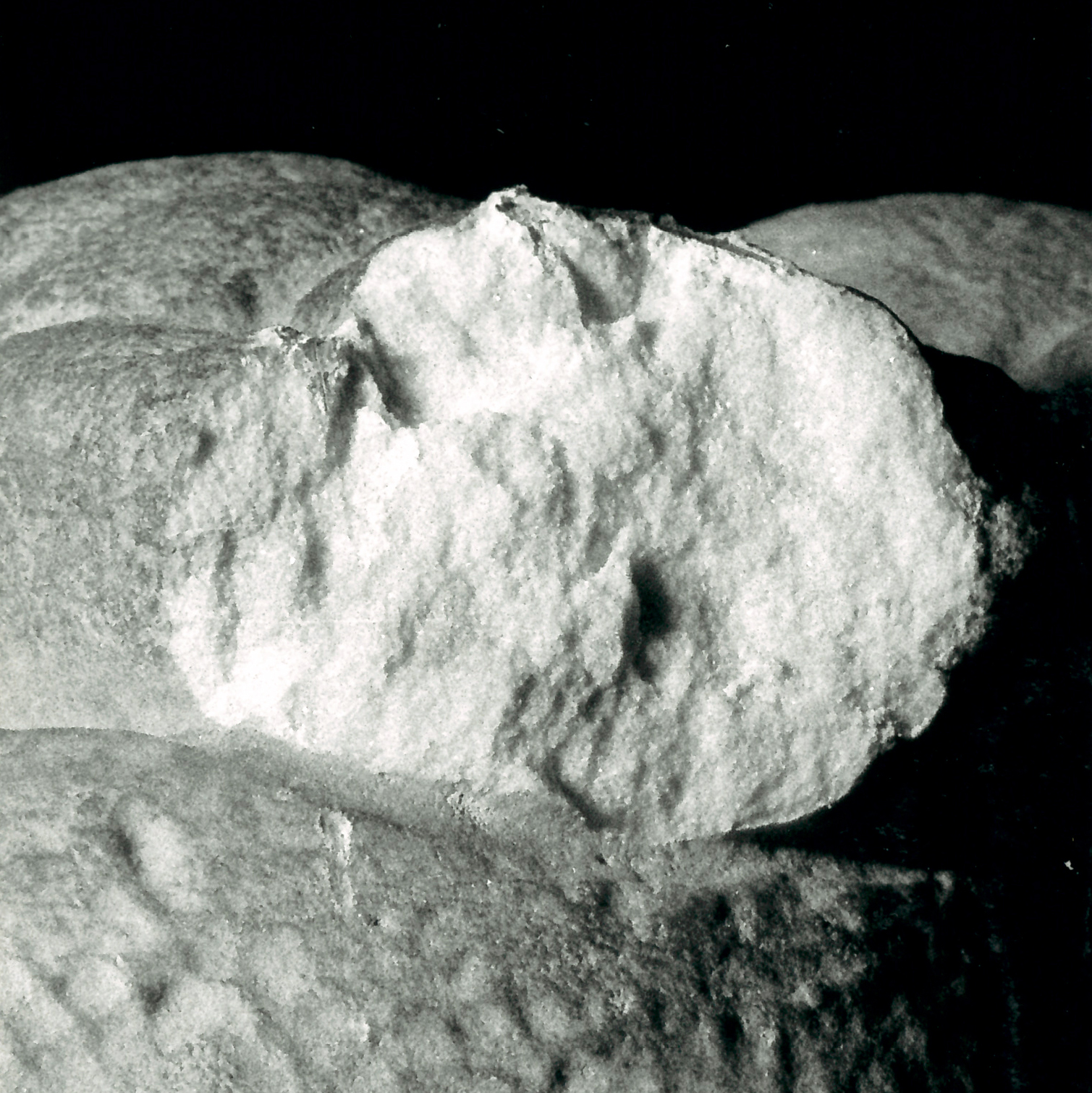La Martellata | A documentary by Radio Papesse and Mireia c. Saladrigues
on RAI Radio 3 | 11th-13rd December
La Martellata (The Hammer Blow) is a 3 episode documentary by Radio Papesse and Mireia c. Saladrigues.
Live on Rai Radio 3’s Tre Soldi on Monday 11, Tuesday 12 and Wednesday 13 December at 7:50 pm (CET) and it will subsequently be available for streaming on Raiplay Sound.
It was 14 September 1991 when the news hit the world: a man, Piero Cannata, hammered Michelangelo’s David’s foot in the Accademia Gallery in Florence. The second toe of his left foot was damaged.
In collaboration with Catalan artist Mireia c. Saladrigues, Radio Papesse traces the case of Cannata - the facts, the news, the aftermath, the restorations, the documents – to study how the act of a hammer blow triggers processes and activates a much broader and more complex ecosystem of people and institutions: research centres, archives, scientists, geologists, restorers, art historians, the media, right through to art lovers and the many museum visitors.
What does an act of iconoclasm tell us about our relationship with art? What reactions does it provoke? Thanks to the help of experts, La Martellata attempts to shed light on iconoclasm, a topic as fascinating as it is controversial, a social phenomenon that reminds us how art is not out of touch with reality, but on the contrary, lives by fluctuating value systems.
La Martellata is a series produced thanks to the support of The Municipality of Florence, Fondazione CR Firenze, Città Metropolitana di Firenze. With the participation of Nicola Albertini, Piero Cannata, Barbara Casavecchia, Franca Falletti, Fabio Fratini, Dario Gamboni, Tarcisio Lancioni and Cinzia Parnigoni.

Ep.1. 14 September 1991
On 14 September 1991, a man entered the Accademia Gallery in Florence and walked towards Michelangelo’s David. A few minutes later, that man lay down on the floor and dropped a small hammer. From that moment on, the story of the David would never be the same again. In the first episode of La Martellata, Radio Papesse meets Piero Cannata, the man with the hammer. They are in the company of Mireia c. Sladrigues, a Catalan artist who has long been interested in iconoclasm as one of the many forms of receiving art. With Mireia, Radio Papesse goes in search of his reasons: what motivated the attack on David? What were his intentions? They read the newspapers of the time, meet the only witness, and retrace the facts together with the then vice director of the museum.
Ep. 2 Iconoclasm, the shadow of art history
“When one creates an idol, one not only gives rise to idolatry, but also, inevitably, to the danger of iconoclasm”, states Franca Falletti, the deputy director of the Accademia Gallery at the time, describing the double face of the myth of David as both idol and victim. In this episode we attempt to shed some light on an umbrella word that lumps together ISIS and the avant-garde, activists of Last Generation and Black Lives Matter. Often wrongly. 15 minutes is a short time to talk about a phenomenon as complex as iconoclasm. We try to do so with the help of Dario Gamboni, author of The Destruction of Art; Tarcisio Lancioni, lecturer in semiotic disciplines at the University of Siena; and Barbara Casavecchia, lecturer at the Brera Academy, a critic and curator who has recently been involved in a research cycle on issues that link art, ecology and the narratives revolving around climate change.
Ep. 3 The memory of marble
In the third and final episode of La Martellata, Radio Papesse recounts what happened to the David after the hammer blow: the restoration work and some of the people who, between 1991 and 2003, cared for, analysed, reassembled and cleaned it, in an endeavour involving scientists, restorers and institutions including the Opificio delle Pietre Dure and the CNR. Because if the hammer blow triggered something good, this lies in the research and the discoveries that followed, in the information carried in all those chips and micro particles of marble that left the David’s body on 14 September 1991. As Finnish media scholar and archaeologist Jussi Parikka says, there is no narrative more concrete than a bundle of dust particles, a crystalline database of information.
